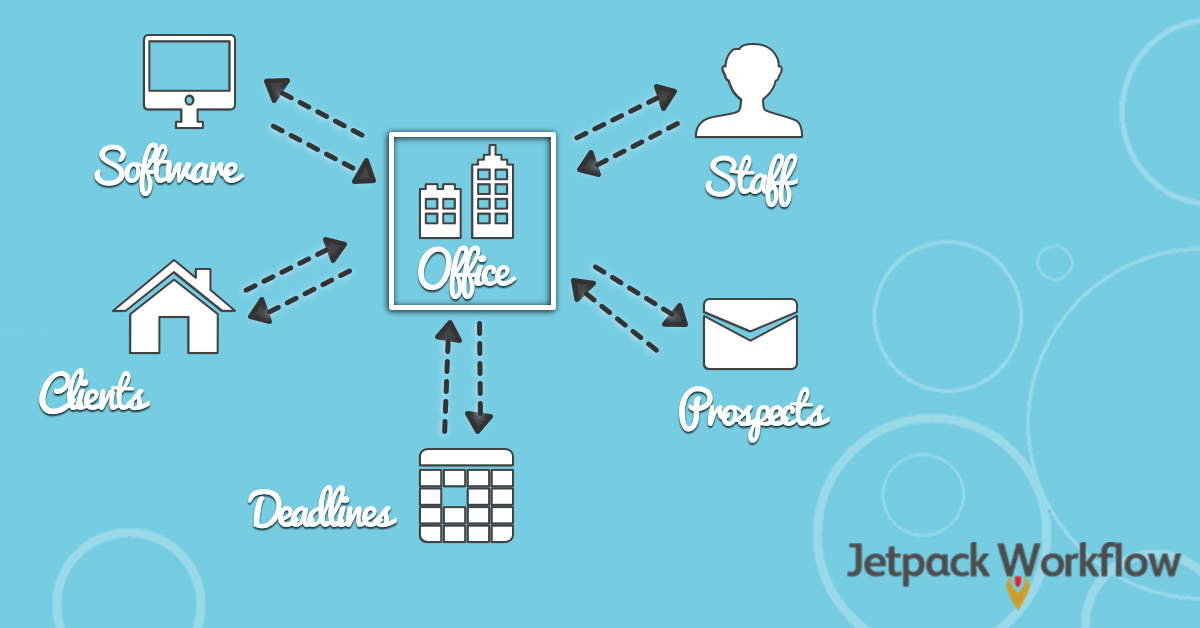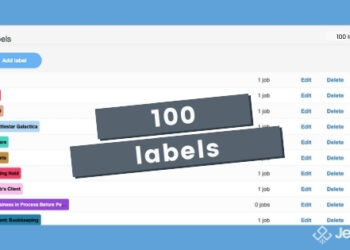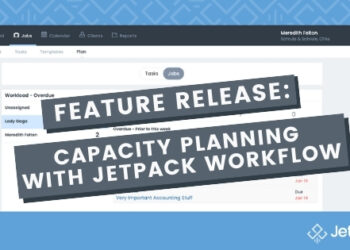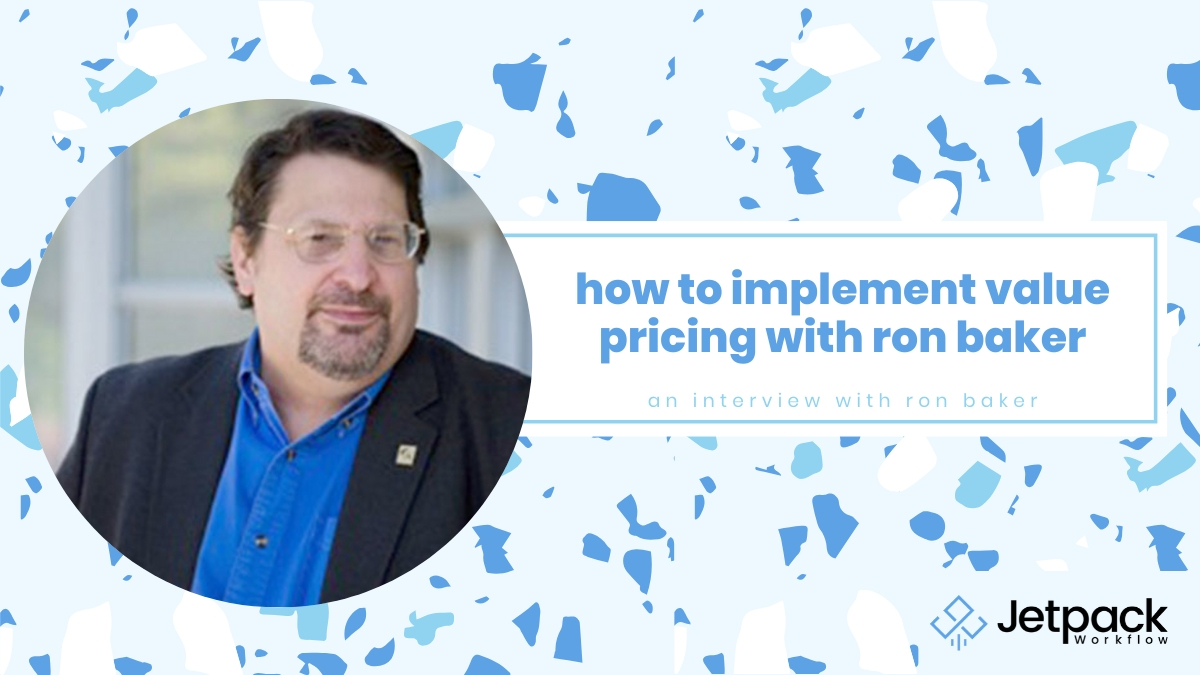How to Ditch Timesheets, Innovate Quickly, and Grow a Successful Accounting Practice
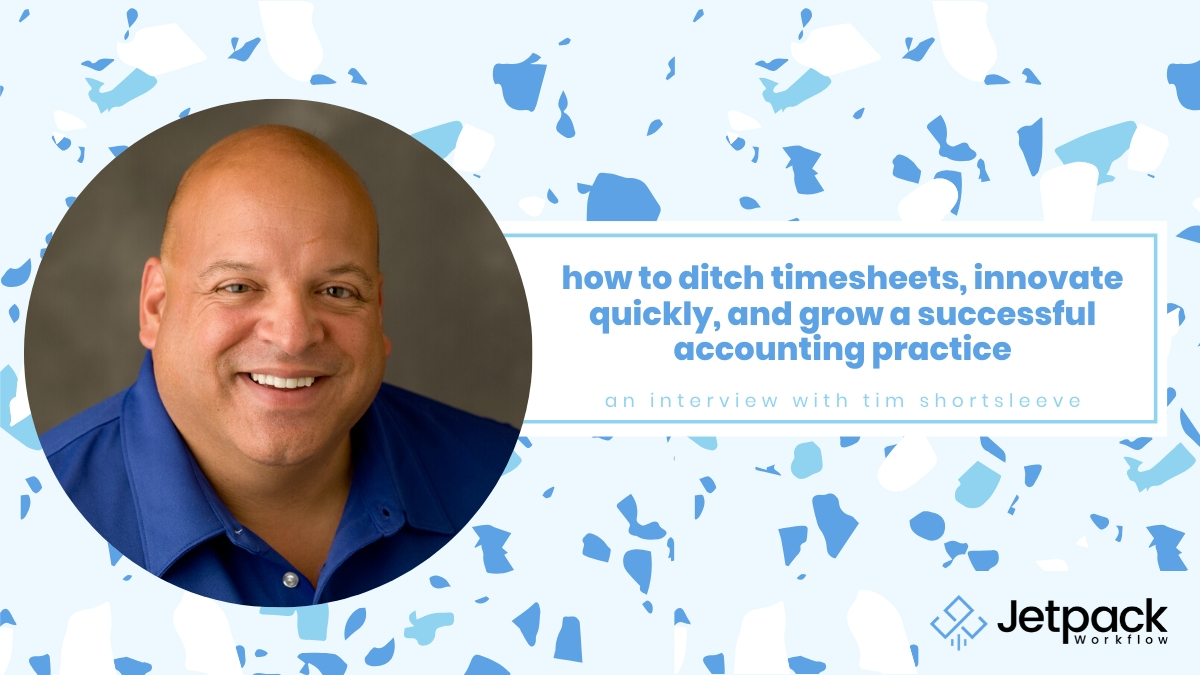
This week we’re excited to release our interview with Tim Shortsleeve, a partner at TYS LLP and the well known AICPA speaker on various workflow process improvements and overall tactics to building a successful accounting practice.
In this interview, we cover:
- The 2 baby steps to take to try to implement change within your firm
- How to understand the culture at your firm
- Benefits you will see from removing the timesheet
- How to implement a successful workflow process at your firm
- And finally, Tim details out his version of the ultimate blueprint used to grow a successful accounting practice
And much, much more
Click Below to Listen to the Interview:
Show Links:
TYS LLP
Tim Shortsleeve’s Linkedin
Ready To Start Implementing A Workflow Process That Will Actually Save You Time?
At Jetpack Workflow, we have created a workflow software geared towards maximizing efficiency and effectiveness within CPA and accounting practices.
To learn more, check out our free 14 day trial at JetpackWorkflow.com.
Key Summary
I think I might be a little biased here when I say I was SUPER excited to have Tim Shortsleeve on our podcast today.
Tim Shortsleeve not only has his own firm, TYS LLP, he has also worked with the AICPA as a speaker on topics such as process improvement, workflow efficiency, paperless best practices and other ways to increase the success within accounting firms throughout the world.
Before I geek out on you with the amazing things Tim has brought to the accounting profession, as well as how to ditch timesheets, innovate quickly, and grow a successful accounting practice, let’s dive into Tim’s background first.
Let’s Start At The Beginning…Tim Shortsleeve’s History
Tim Shortsleeve started his accounting career as a tax professional with PricewaterhouseCoopers, before the Coopers.
After spending around 9+ years working at PricewaterhouseCoopers, Tim moved on to become the Director of Tax at a small pharmaceutical company.
After spending a few years in private, Tim headed back to public accounting where he caught the bug to become an entreprenuer and start his own firm, 17 years ago called TYS LLP.
Now you can find Tim spending most of his time growing his practice, currently at 20+ professionals, and continuing to be an advcoate of workflow process improvement, life without the timesheet, and how CPA firm can build successful firms, without all of the added stresses of bringing in new clients.
2 Baby Steps To Start Implementing Change At Your Firm
In creating TYS, Tim recognized that tax compliance and preparation services were becoming commoditized. He was motivated to develop a system that improved efficiencies but did not impair quality and kept margins intact.
1. Add a second computer monitor
Utilizing an additional computer monitor when reviewing tax return information makes a big difference in saving time. It creates the opportunity to eliminate the step of printing out and reviewing a lot of information and it saves paper.
2. Go paperless/embrace the cloud
This might sound a bit scary, but this can be done in pieces, as you and your firm feels comfortable with accepting and implementing change.
One of the first programs that Tim and his team developed was the “Keeping Tracks” program that tracked workflow efficiencies in the client paperwork process.
The program was created as a simple digital routing sheet and tracking solution that provided information not only of the history of the process but where the process was in real-time.
Tim started to implement this program within his firm, but it took a ton of time as he tested and learned for himself the best ways to optimize workflow, make systematic improvements, and implement great initiatives.
The Struggles Of Changing Accountants’ Minds
Tim goes on in the interview to mention that he found that within the CPA world, in general, most accountants do not like to embrace change. Period.
These professionals are successful, well respected, and trusted advisors, Tim believes. There is a degree of pushback and resentment to new methods since the typical way of doing things for them has always worked well.
For those resistant to change, “Anchors” as Tim calls them, he engages with them to understand their viewpoints for not wanting to do something.
Their reasons can be very real and important to them.
Tim tries to get them comfortable with what he is trying to do and tries to provide solutions to mitigate what is holding them back.
If he identifies too many challenges to overcome, he would make the decision to step away.
To start the conversation, it is “people first” for Tim.
He identifies the people he believes would be receptive of change and then champions the initiative internally.
According to Tim, CPAs fix problems for people – they provide the “whats” and the “hows” in their services to clients. Tim provides the “whys” to the CPAs.
How To Identify And Understand The Culture Built Within Your Firm
Tim tries to understand the whole environment of the firm when attempting to initiate any fundamental change and new processes.
In doing so, he conducts two surveys that he created:
1. Pulse of the firm/understanding culture – the Five Essential Elements of the Team that evaluates
- Trust
- Conflict
- Commitment
- Accountability
- Results
2. Company snapshot that evaluates where the firm is at fundamentally
- How do they operate?
- Are they happy?
- Are they compensated well?
The Difficulties You Will Face When Trying To Implement Change
According to Tim, the difficulties in implementing change arise from:
1. Leadership that may have a viewpoint to change but does not follow through with implementation.
2. One or a few staff members that hold back the process
Once the buy-in for change is established, the time in which change is implemented depends on:
- The size of firm
- The culture of the firm
- Leadership support
- How advanced the firm is from a technology standpoint
For tech-savvier firms, implementation process is much quicker; for some organizations it may only take 90 days to establish new processes.
For less tech-savvy firms, the entire infrastructure may need to be reengineered to be able to move the firm to a more digital environment.
Some of these implementations include a paperless workflow solution and a time sheet free environment.
Time To Get Rid Of The Timesheet
While many CPA firms are still reluctant to discontinue the use of time sheets, Tim says that businesses transform when they stop relying on them.
So many business factors such as billing, collections, receivables, and staff evaluations are improved when embracing a time sheet free environment.
Time sheets show “flawed data” when it comes to staff evaluations and billing.
Tim says the CPA is supposed to be the trusted advisor yet when relying on time sheet information, the data may not be entirely accurate.
Managers inherently know who their top performers are.
“The schedule doesn’t lie” he says.
The number of billable hours logged on the time sheet is not the indicator of this performance.
The CPA firm makes a big workflow shift when embracing a time sheet free environment.
The entire team now takes on ownership of the workflow.
Keys to success without a timesheet are:
- Two way trust between management and staff that the job is completed and completed well
- Regular and frequent communication of work responsibilities and work progress provides a clear understanding for each member of the team.
Ready To Implement A Workflow Process? Here Comes Jetpack!
As the conversation further, Tim goes on to highlight our business tool, Jetpack Workflow, that facilitates workflow to help you through this process.
Management sets up schedules, assigns tasks, and reviews output. All of this can be done through Jetpack’s app. Budgeting time becomes streamlined when time sheets are eliminated.
Ready To Start Implementing A Workflow Process That Will Actually Save You Time?
At Jetpack Workflow, we have created a workflow software geared towards maximizing efficiency and effectiveness within CPA and accounting practices. To learn more, check out our free 14 day trial at JetpackWorkflow.com.
Tim also embraces Velocity-based billing within his firm, a Ron Baker concept. You can learn more about the Ron Baker’s interview on implementing value based pricing here.
“Remember that the amount of time each task takes and turn around times is estimated based on experience. Everything has a due date.”
This approach requires a high level of communication between management and staff for implementation to be successful.
Management is then able to develop a more realistic schedule for the staff to follow.
Tim encourages a results-only work environment. Budgeted times are eliminated.
In a results-only work environment, employees work wherever and whenever as long as work is completed on time. Communication is key for its success. Results-only work environment fosters collaborative team interaction, says Tim.
If employees believe they have too much work responsibilities assigned, Tim stresses the importance of speaking up about the workload.
The results-only work environment removes the complexity of workflow because of mutual trust and understanding.
Without time sheets use, sincere and deeper relationships are fostered with clients because the concept of being on the clock goes away.
The Ultimate Blueprint To Grow A Successful Accounting Practice
Tim believes these new business implementations are positive for every party involved.
- Employees like the work freedom and appreciate the environment.
- Clients are happy.
- Team members take responsibility for the schedule.
- Management sets realistic and achievable due dates.
- Any changes to the schedule are communicated up front.
- And if team members fall short on deliverables, Tim suggests that management provide coaching opportunities and give constructive criticism.
When evaluating performances, Tim cautions managers to not look for ‘gotcha’ moments.
Tim says that the leader’s responsibility is to give every opportunity for team members to perform at their higher and best levels. Micromanaging erodes mutual trust.
Managers should provide coaching opportunities through particular situations and should not frame actions as negative. Lighten the mood.
Tim likes to pose questions such as “Did you try to do it wrong?” and “What can we learn from this?”
He urges managers to treat people as professionals and give the benefit of doubt when offering constructive feedback or giving discipline.
In this new working environment, everyone on staff has revenue goal for the firm and has a responsibility to deliver.
Velocity-based due dates and turn-around times are monitored.
When determining the yearly budget, Tim suggests building it from the bottom up.
Understand the anticipated costs.
Set that goal and measure against known revenue for the year.
The selling strategy needed to fill the profit gap becomes much clearer and provides an avenue for you to start to grow a successful accounting practice.
In following this strategy, hiring needs for the year can be more easily anticipated.
And as firms grow, hitting pivotal milestones and evolving, Tim believes that planning for growth is important. “You wouldn’t build a house without blueprints”, he says.
Here is Tim’s Blueprint to Grow a Successful Accounting Practice:
- Identify early on what success looks like
- Be prepared.
- Create a sense of awareness
- Respect the business
- Rework plan as things happen along the way
- Keep head up
- Make it happen
- Lastly, setting good examples for your team is highly important. Management must keep good composure around their team, at all times.
The goal is to create a business environment that is collaborative where people feel safe and welcomed to perform their very best. When this environment has been created, nothing will hold you back from success!
Ready To Start Implementing A Workflow Process That Will Actually Save You Time?
At Jetpack Workflow, we have created a workflow software geared towards maximizing efficiency and effectiveness within CPA and accounting practices.
To learn more, check out our free 14 day trial at JetpackWorkflow.com.





